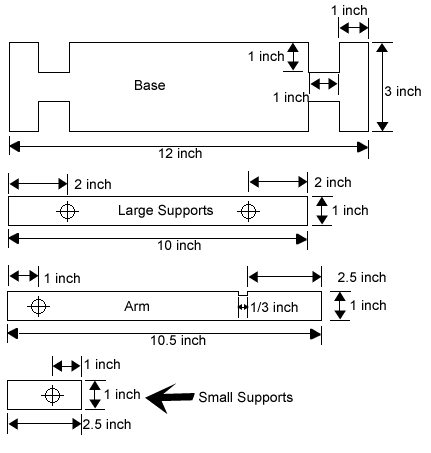

It is also written for other stakeholders who have a role in supporting a local authority as it creates a LAEP.This includes network operators, and consultants contracted to deliver aspects of a LAEP on behalf of a local authority. Secondly, it is written for key stakeholders who have an active role contributing and supporting a local government organisation as it creates a LAEP.

Primarily, it is written for local government organisations who are anticipated will lead creating local area energy plans.

The Guidance is written for multiple audiences:
To ensure that modelling tools meet the requirements to create a LAEP.Įnergy Systems Catapult was commissioned by UK Research and Innovation (UKRI) to create the Guidance. To provide confidence to those funding the implementation of the LAEP. To identify key characteristics of a minimum standard for creating a LAEP, that are consistent across multiple LAEPs. To identify and provide clear guidance on the roles and responsibilities of those involved in creating a LAEP. A common approach identifies the characteristics of the underlying data and assumptions involved in creating a LAEP. A common approach delivers efficiencies and value for money through familiarity for organisations involved in delivering several LAEPs, or for an organisation renewing a LAEP. A common approach allows for comparability between areas, and for multiple plans to be aggregated across a large area (i.e., a region). This Guidance serves several purposes, including: Guidance, with accompanying suggested approaches and templates, will enable production of LAEPs in a standardised and consistent way. Without them, local authorities and other stakeholders do not know what they are producing, how they should do it, and what they should include. This Guidance has been developed to meet the need for a common approach to LAEP.Ī previous study by Energy Systems Catapult identified that LAEP guidance and templates are needed. Read more Why has this Guidance been developed? #CATAPULT PLANS HOW TO#
Provides detailed guidance on how to carry out socio-economic analysis when creating a LAEP, to ensure that the wider benefits from the energy transition are recognised and accounted for.

Each objective describes specific tasks, how they can be tackled, what considerations need to be made when tackling them, and links to any supporting sources.Īnnex 3: Guidance for Socio-Economic Analysis in Local Area Energy Planning
Stage 6 – Actions, Priorities, and Decisionsįigure 1: The 7 stages of Local Area Energy PlanningĮach stage is broken down into several steps, with each step having specific objectives. Stage 5 – Scenario Refinement and Selection. Stage 4 – Modelling Options for the Future. Stage 3 – Understanding and Representing the Current Local Energy System. Stage 2 – Stakeholder Identification and Engagement. The Guidance provides a detailed description of the end-to-end process of creating a LAEP, broken down into seven stages: This is achieved by exploring potential pathways that consider a range of technologies and scenarios, and when combined with stakeholder engagement leads to the identification of the most cost-effective preferred pathway and a sequenced plan of proposed actions to achieving an area’s Net Zero goal. Energy Systems Catapult has published guidance on how to create a Local Area Energy Plan (LAEP), aimed at local government organisations who are looking to create a plan to help them meet their net zero goals and climate emergency declarations.ĭevelopment of the guidance was funded by the Prospering from the Energy Revolution challenge through UK Research & Innovation.Ī LAEP sets out the change required to transition an area’s energy system to Net Zero in a given timeframe.








 0 kommentar(er)
0 kommentar(er)
